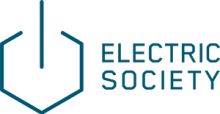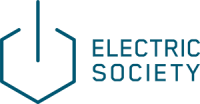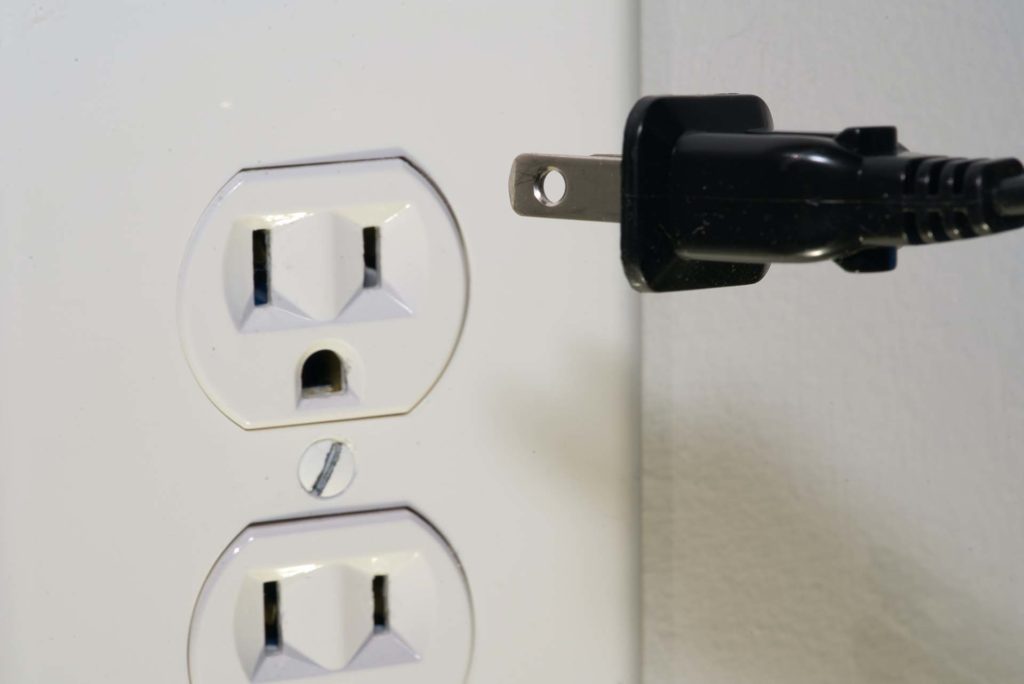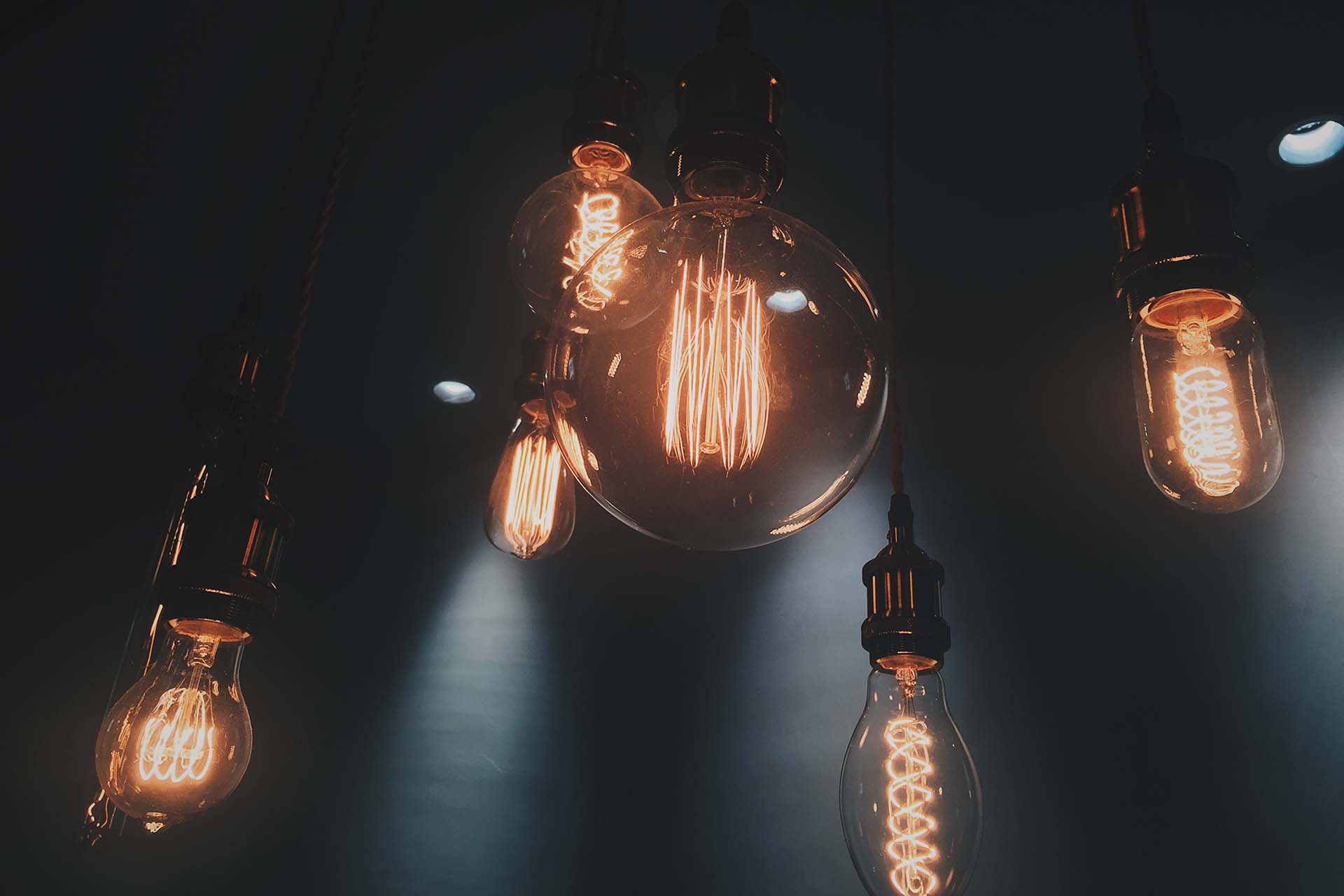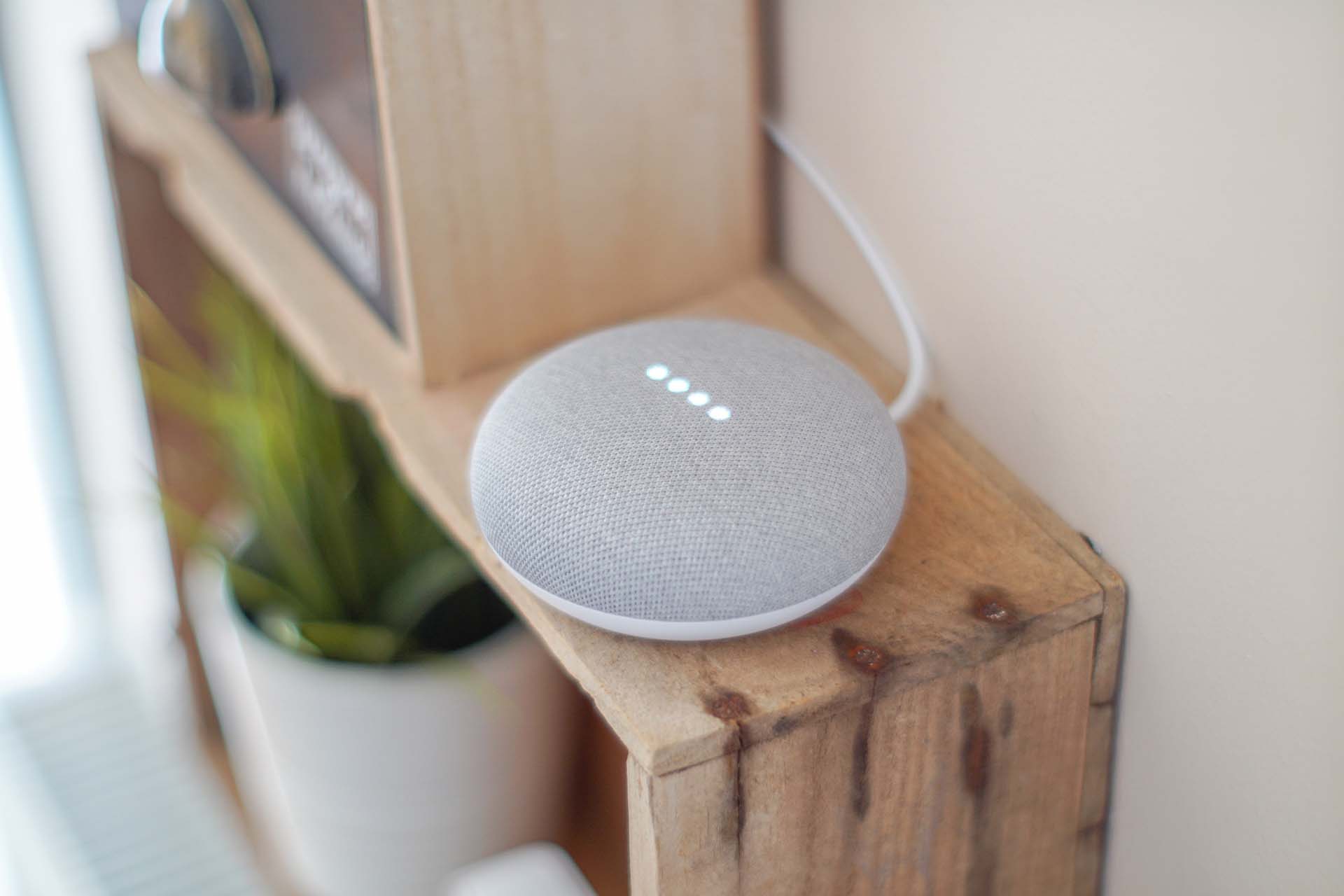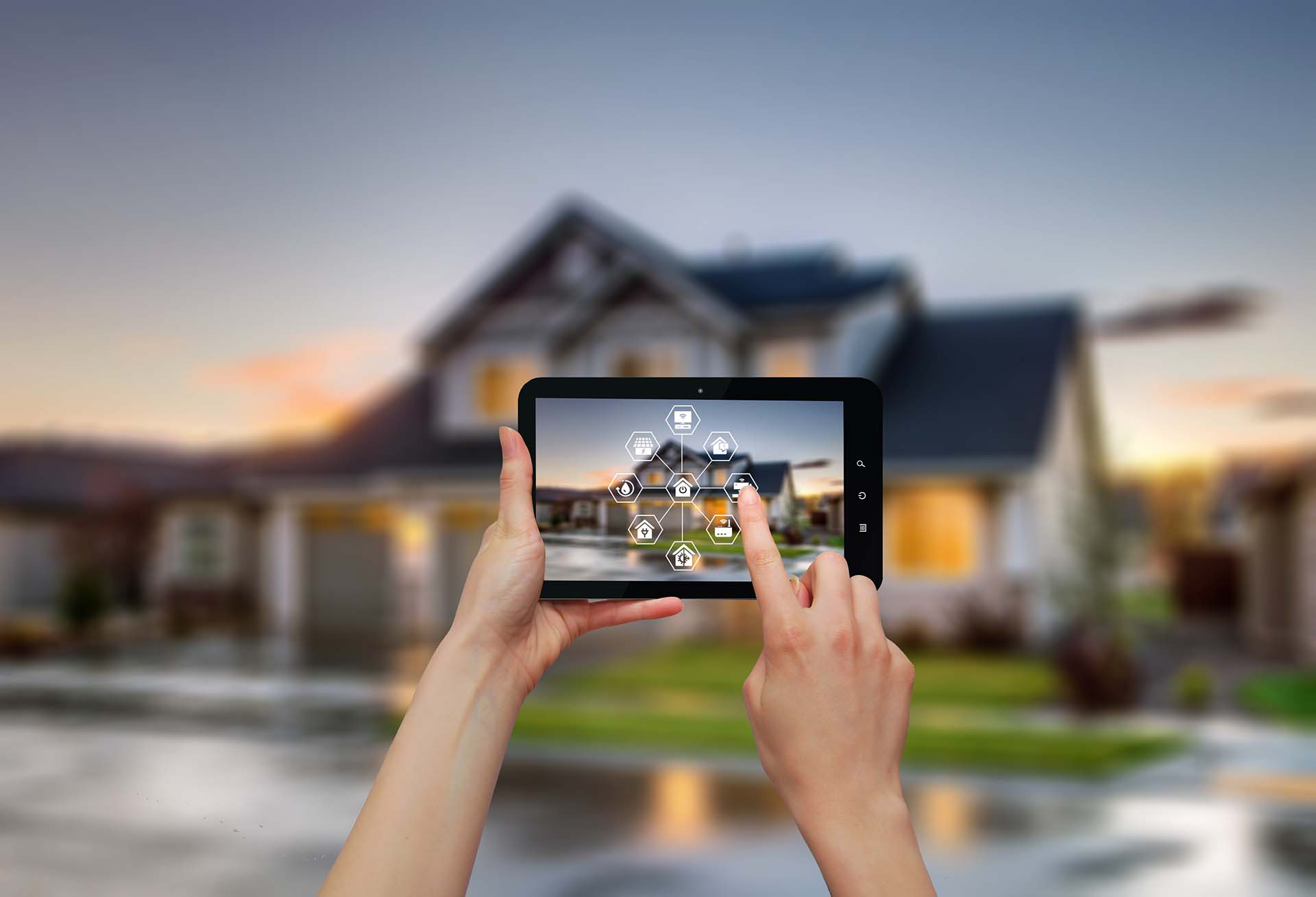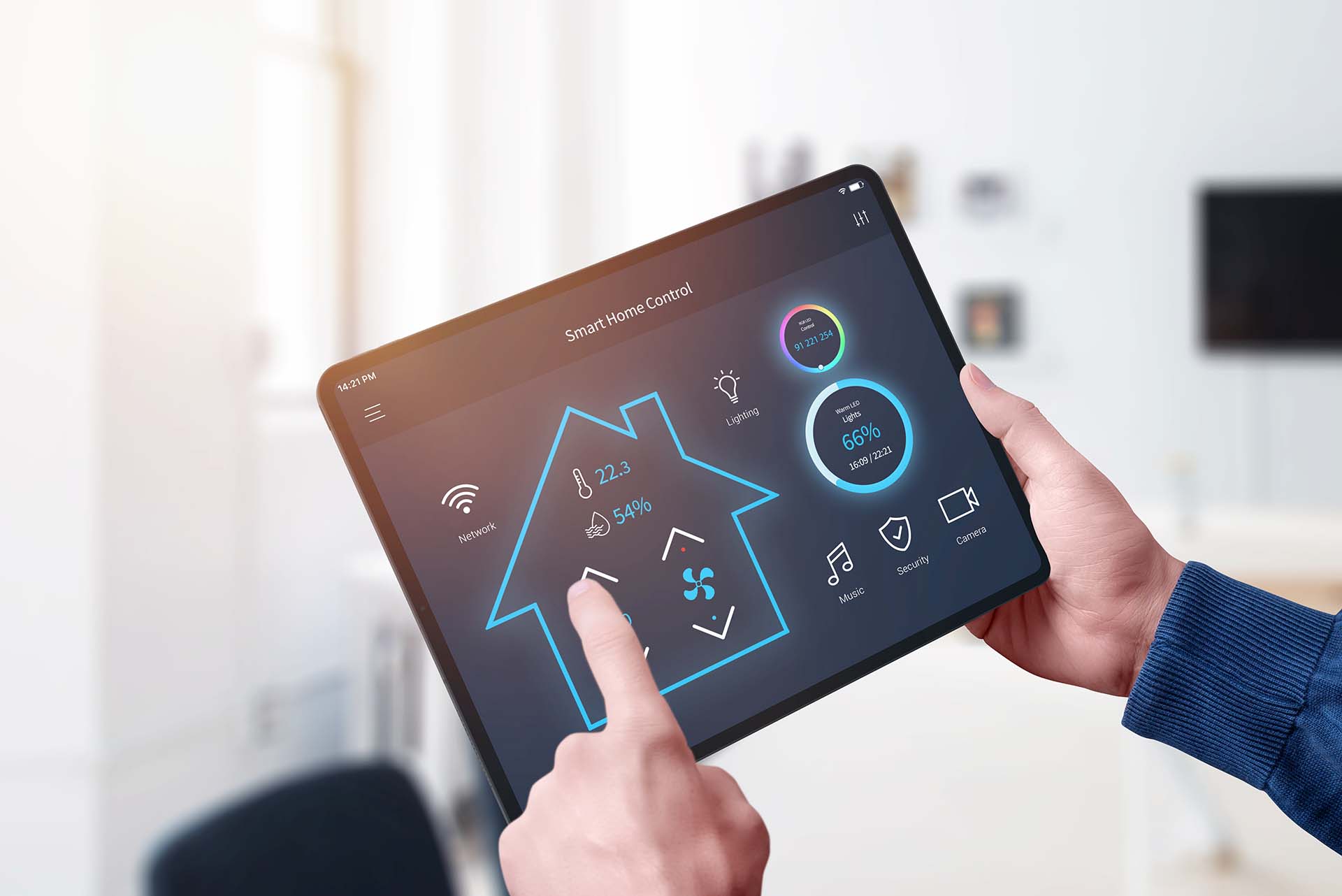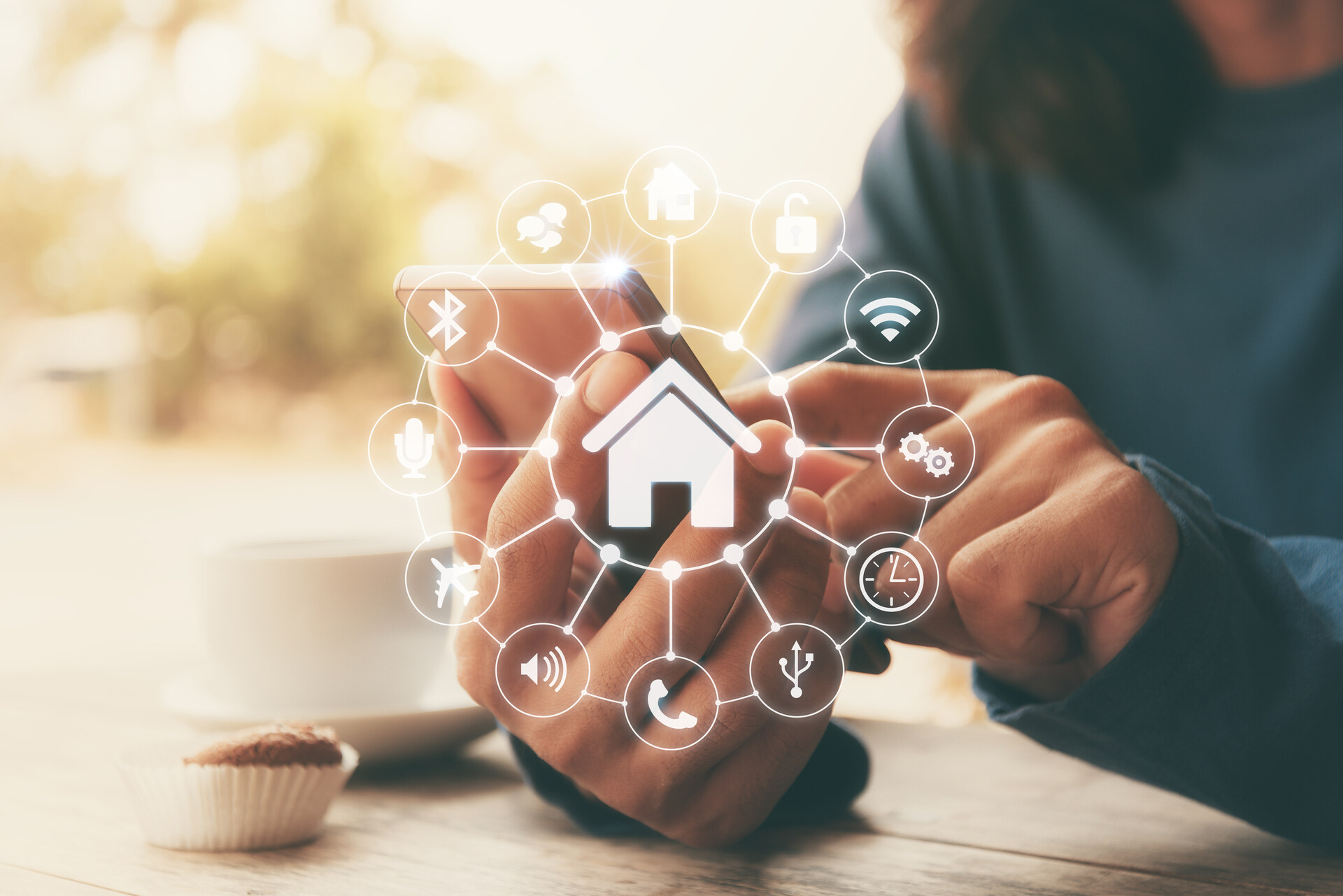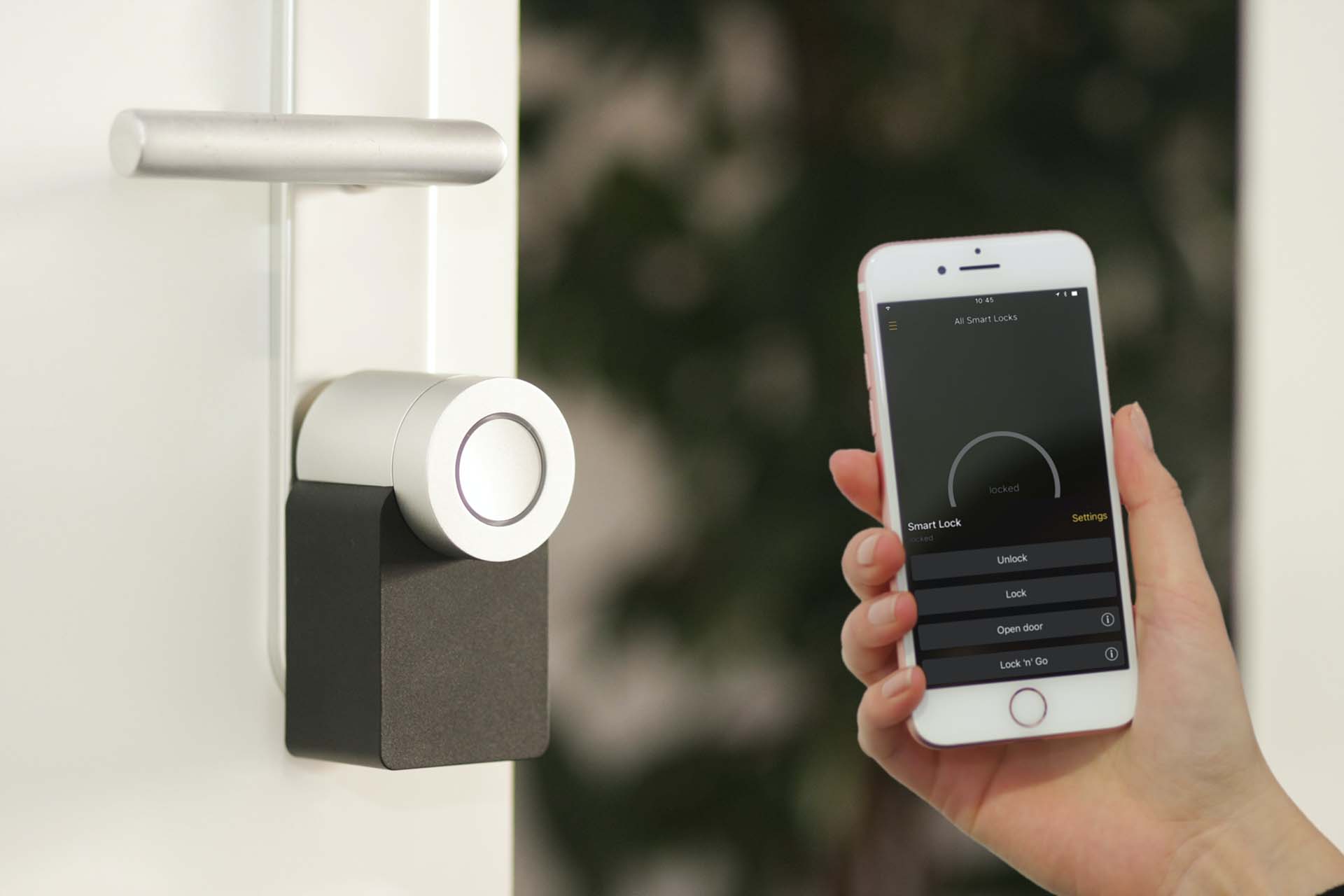Times are tough right now as armed conflict and environmental issues plague society. Gas, oil, and other energy sources can become scarce, which leaves the question – will we continue to live comfortably? Everyone can monitor power consumption to be aware of their spending. Here’s how and why you should work on energy metering at home.
There Are Plenty of Reasons Why You Should Monitor Power Consumption
We use household utilities in amounts we rarely measure or pay attention to. It’s normal to be unaware of the things that we find as easy as breathing, but there are systems in place that supply those essentials and work continuously to give us what we want.
If you’ve ever gotten a little too nervous about the flicker of your lightbulbs or the slowness of your WiFi, it may be time to take a deeper look into your utilities. These things are everyday yet annoying to the average consumer who expects things to be smooth and flawless each day.
You may not have given extra thought to your consuming habits and think there’s no way to change them. Here are some reasons to monitor your electrical uses and find solutions to reduce them.
It Gives Insight Into the Accurate Power Consumption on Your Bills
Firstly, when you monitor energy usage, you’ll be more aware of one of the most important parts of your home – the electricity bill. If the number on your bill is about the same every month, you may not give it the time of day. However, as soon as that number grows, you start looking into it all a bit more.
To avoid sudden spikes in electric using and surprises in general, you should look at your bills with more detail and attention. It won’t just tell you how you spend, but what on, too. When you know all this, you’ll be more aware of your consuming habits and able to reduce your bills.
Pay attention to the dates on your bills when you start examining them closely since your meters weren’t read at exactly the same date each month; sometimes, this period can be much longer and result in higher bills.
When you start monitoring your bills’ charge dates and timespans, you might be able to ask for more consistent and regular meter readings; the optimal usage should be similar each month and calculated when you divide the bill amount by the number of charged days.
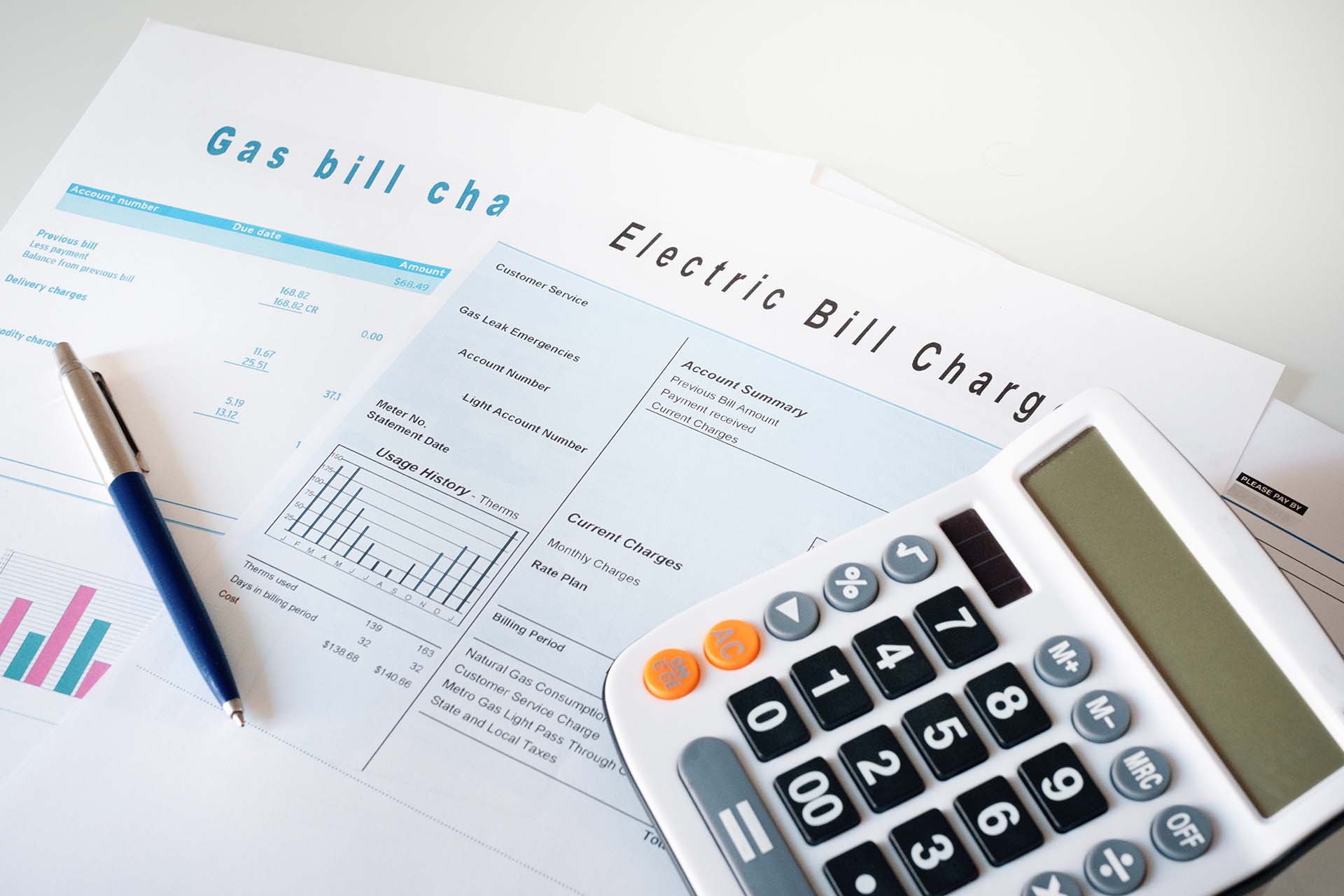
When You Monitor and Reduce Energy Consumption, You Open New Ways to Use It
Did you know that when you turn off your electrics without plugging them out of the socket, they still use electricity? Granted, it’s not the same amount, but when you gather them over a certain period, they can pile up into a significant number.
We’re not saying you’re supposed to unplug all your electricals before leaving the house; that would take long and may not always be accessible. However, better monitoring your bills and using electronics can help you find alternate solutions without breaking the bank.
For example, we offer a home automation solution based on blockchain technology, while most smart device companies provide WiFi-powered electronics; that does not just invade privacy but takes up a lot of your household’s electrical supplies. So, when you learn where your money goes monthly, you’ll be motivated to look for alternatives.
Some Utility Providers Offer Incentives and Rebates for Energy Reduction
Some utility companies offer rebates and incentives for customers who actively work on electrical use reduction and optimization. However, you can’t know if you’re eligible for this if you don’t: a) offer proof that you have a way to save on electricals, and b) save on electricals.
The first step toward finding energy-saving solutions is to monitor usage monthly, compare it with the numbers on the utility bills, and actively work on reducing it. It’s not easy, but it isn’t exactly complicated either. Dedicating yourself to this at first will become a habit later on.
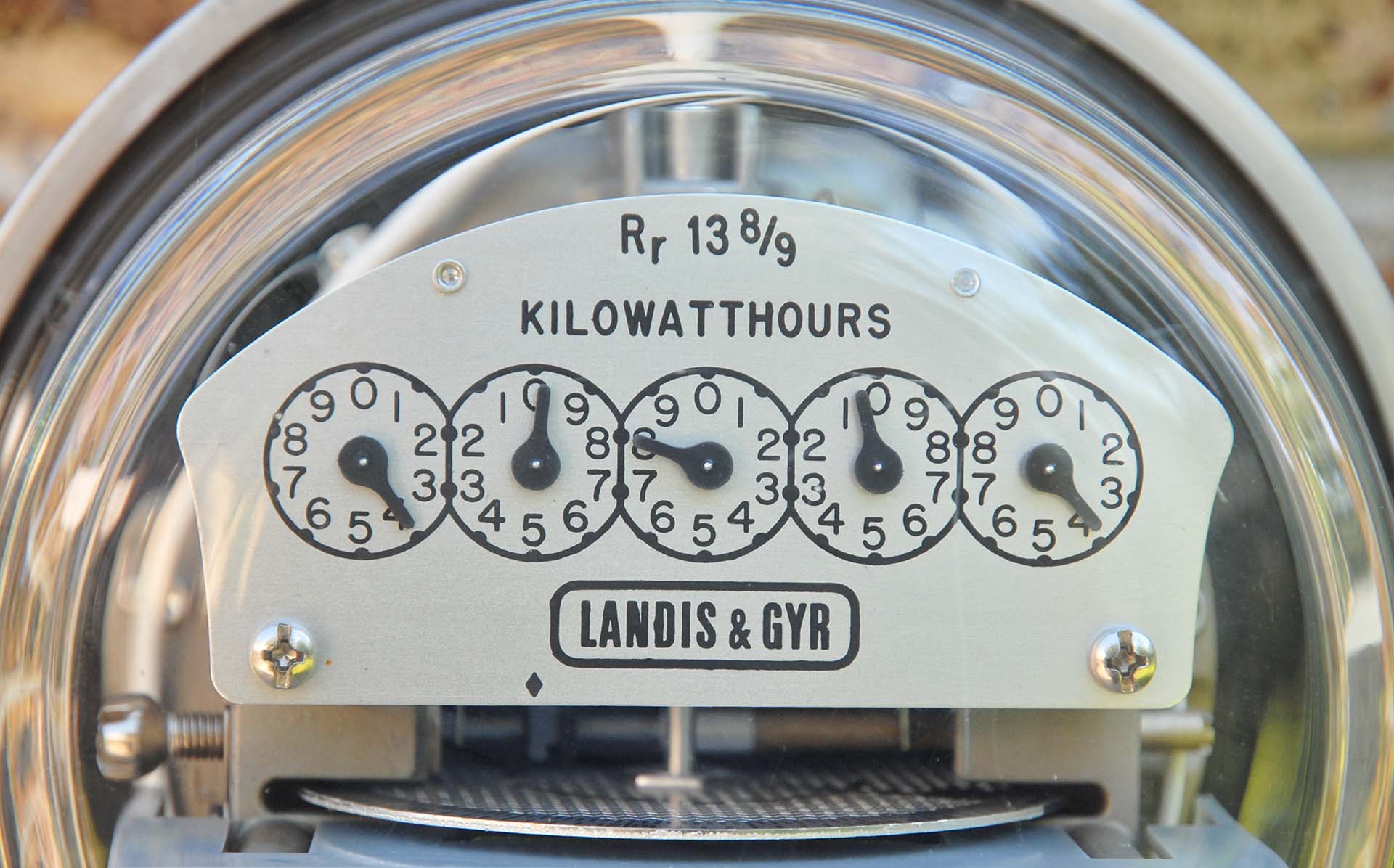
If You Can’t Reduce Electricity Consumption, You Can Find Its Leaks
If your bills are suddenly much higher than before, the electricity cuts often, and you feel an electric shock when touching an appliance, you probably have electrical leaks in the house. That can be very dangerous and cause your grid to short circuit, burning your valuable devices.
Call an electrician to check your grid and suggest solutions as soon as these things start happening. However, if you haven’t experienced this yet but worry about potential electrical leaks, they most often occur with electrics on stand-by mode.
When you find ways to reduce and remove some leaks, you’ll see a change in your household’s electrical surge and usage. Small changes can indeed be effective, so even if you think there’s no way to change your electrical bills, trying to find and reduce leaks won’t hurt.
Which Household Items Are the Biggest Phantom Loads?
We mentioned items that still use power when plugged in, even when off. That’s what the stand-by mode is, also known as an electricity leak or a phantom load. Here are some of the most common (and perhaps unexpected) household phantom loads:
- TVs,
- Stereos,
- Media players of any kind (like DVDs)
- Cable boxes,
- Video game consoles,
- Garage door openers,
- Cable modems,
- Microwaves (with clocks especially,)
- Phone chargers,
- Computer LCD monitors,
- Desktop computers (interestingly, the amount of power wasted is nearly tenfold in sleep mode than when turned off,)
- Plugged in laptops,
- Air conditioners,
- Coffee makers,
- Printers,
- Gas ranges,
- Furnaces,
- Musical instruments.
What Is On My Electricity Bill? An Overview Of the Most Common Billing Charges
You’ll notice that power usage is typically read in watts and kilowatts. This is essential on an electricity bill and the most straightforward info on the paper. However, certain costs don’t always have a clear purpose and typically aren’t related to electrics.
Bills differ between states and utility suppliers, but most have the following points:
- Delivery charges – these include many aspects, from a transition charge which is the cost of keeping competitive prices, to customer charges. Your utility provider uses these as fixed, non-electrical costs that go into every bill,
- Consumption charges – these are the baseline charges for the number of kilowatts (and watts) your household used over the last month,
- Demand charges – your utility provider determines the amount of power they have to use to supply it back to consumers. With a higher grid infrastructure, the provider can deliver what’s required to consumers even during peak load times,
- Power factor (PF) penalties – the PF is determined by the amount of electricity your household uses when AC power interacts with the electronics in your home. Having the PF lower than a specified level can become a penalty charge on your bill. It isn’t always clear on what you’ve been charged for on your bills, though, so learning about this is crucial; you can read about PF penalties here,
- Riders – these charges don’t appear on your monthly electrical bills but include some usage and demand charges like rate structure modifications. Some of the most common rider charges are the Transmission Cost Recovery factor, Renewable Energy Development Fund, and Energy Efficiency Cost Recovery factor.
How Smart Devices Reduce and Optimize Your Household’s Electrical Load
One clever way to reduce watts, kilowatts, and overall electrical usage is by opting for smart device systems or smart homes. For some people, the very mention of smart homes, understandably, causes panic and paranoia – some folks reported being locked out of their own houses with smart locks when they weren’t adequately powered.
However, this is a once in a blue moon sort of event, and smart devices can generally help you more. For example, if you have smart water leak and freeze detectors, you’ll be aware of any issues with your water supply and pipes; smart security systems are the best way to keep intruders out. You’ll need an intelligent sprinkler system if you have a garden or a nice front lawn.
Now, there’s a device for nearly every household function, and you don’t need to rig the entire place so the tech can work. If you get an offer from a company that wants to set up an intelligent system everywhere, you can reach out to us instead and find individual device solutions.
How Do Smart Devices Work, Anyway?
Getting devices that directly control and connect to the household items you tend to overlook is the best course of action for reducing bills and expenditure. They are connected to your house through WiFi and operate through a centralized system. Wherever you have WiFi, you can access your smart devices from a phone app and make changes around the house even while away.
For example, did you know that smart thermostats reduce heating costs by 10% and cooling costs by 15%? They have sensors that adjust the house temperature according to your every need; if you’re away and want to heat the place while on your way back, you can trigger your smart thermostat remotely and save time and money.
Smart light bulbs turn on and off automatically to save energy. Some are even made to detect when you leave and come home; you can turn them off remotely if you forgot to do so yourself or turn them on just before you arrive.
It’s a foolproof system that helps people optimize their homes and avoid the hassle of thinking about absolutely everything; it can think for you and even register your habits and lifestyles – so it always has your back.
Is There a Way to Reduce Smart Energy Consumption Even More?
You can find many ways to reduce the electric load of your devices, especially those connected to the power grid. Smart appliances and devices can lighten that load significantly, but even they fail sometimes.
Those paranoid about using smart devices as an alternative to regular stuff are right in some ways, but that does not have to be true if you find the right smart solution partner.
At Electric Society, we came up with solutions that can remove the possibility of you getting locked out of your house and continue to use smart devices and security systems without fear. Partnering with us will be the ultimate electrical usage-saving method.
It’s a great combination of being modern and “smart” and monitoring your electrical usage. You’ll lighten the load on your grid and optimize its functions without causing damage and seeing non-energy charges on your upcoming bills.
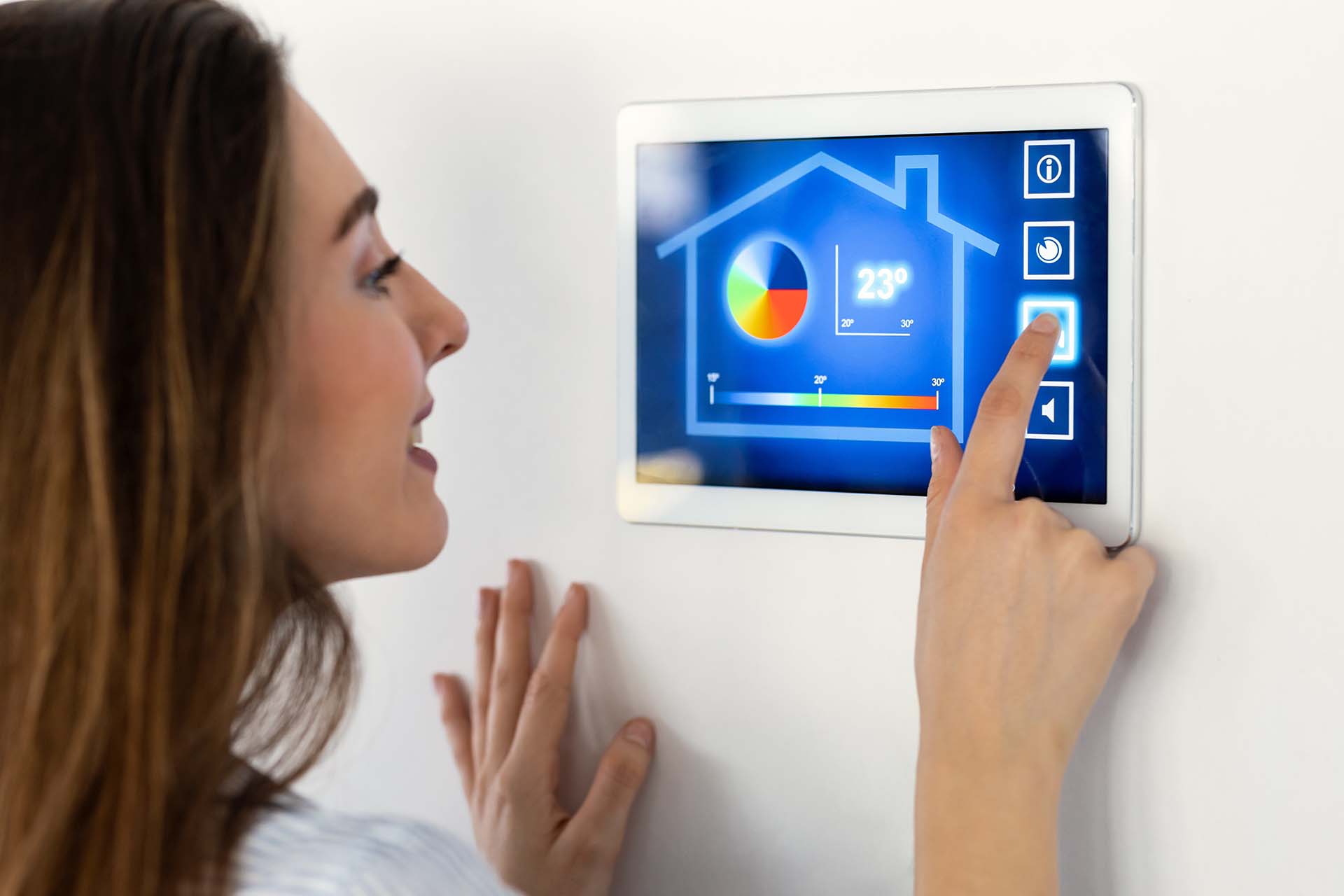
Electric Society Offers Life-Changing Solutions for a Smart Home System
If you contact us, you’ll hear how our energy-saving, bill-reducing solutions are a worthy investment for your present and future residence. We don’t just offer a smart home automation system – our goal is to help people get the most out of the promises they were given when they opted for a home using smart device systems.
The Electric Society solutions function within a fully distributed system; that means it’s decentralized and will stop your entire house from malfunctioning if one thing starts lacking.
With our solutions, you’ll also be safe from privacy intrusions and data leaks. We use blockchain technology instead of WiFi, and there’s no cloud storage to interfere with your safety. Investing in us means investing in a safe future with smart electrics that we’ve always imagined.
